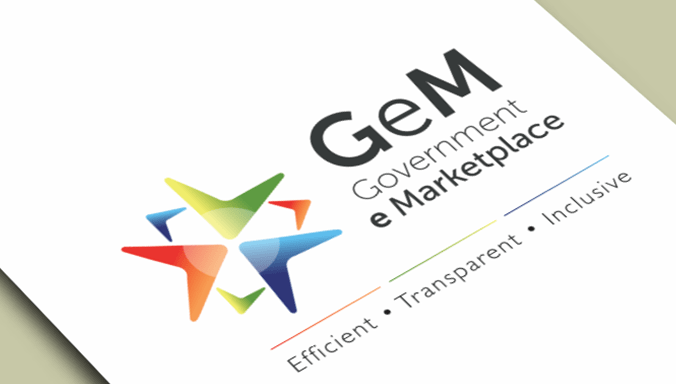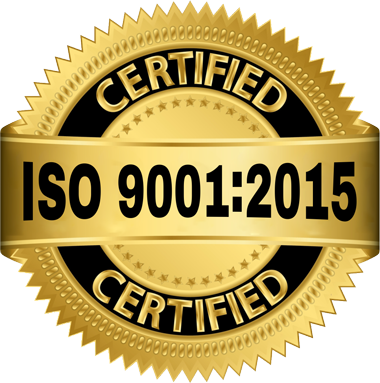Image SEO: Secrets To Boost Traffic In 2024
- Home
- Image SEO: Secrets to Boost Traffic in 2024
SERVICES
SOLUTIONS
APPLICATIONS
- MLM Software
- CRM Software Solution
- Police ERP
- Radio Police Mail
- Application Tracking System
- Complaint Management Software
- Thana Digitalization Application
- Election Duty Management Software
- Inventory Management Software
- Payroll Management Software
- Photography Studio Management Software
- Restaurant Management Software
- School Management Software
- Transport Management Software
- Asset Distribution Management Software




Table of Contents
Introduction
When it comes to optimizing images for search engines, most guides only cover the basics like resizing, choosing the right format, and adding alt text. While these steps are important, they only scratch the surface of what you can do. In this post, we will explore advanced Image SEO techniques that go beyond the basics, helping you improve image performance, drive traffic, and enhance your site’s visibility. Let’s dive into these strategies that can make your images more effective and impactful.
Using Structured Data for Images
One of the advanced techniques to boost image visibility is using structured data. Many websites use structured data for videos, products, or reviews, but not everyone applies it to images. Structured data for images provides search engines with additional information about the image, such as the creator’s name, license details, and a link to the image itself.
By adding structured data, you increase the chances of your images appearing in special search features like image carousels. This can greatly boost your site’s traffic, especially if your images rank well in Google’s image search results, that is why image SEO is important. For websites built on platforms like WordPress, plugins like RankMath can help you add structured data easily. If your website is custom-coded, work with your developer to include this feature and make your images stand out in search results, or you can assist your developer in doing the image SEO properly.
Importance of Text Around Images
The text surrounding your images plays a vital role in Image SEO. This surrounding text helps search engines understand the context of the image. Without adequate context, search engines may struggle to interpret what the image is about, which can affect your rankings.
For instance, if you include an image of your company’s CEO without any accompanying text, it may confuse search engines. It’s better to introduce the image with a short description that explains its relevance. This practice makes it easier for search engines like Google to understand the connection between the image and the page content, which can lead to better indexing and visibility.
Use Custom Images Instead of Stock Photos
While stock images are convenient, they may not be the best choice for your Image SEO strategy. Search engines can often detect common stock photos, which could reduce your site’s uniqueness and impact your rankings. Creating custom images helps differentiate your content and enhances its quality.
For example, an e-commerce site using original product photos is more likely to rank higher than a site using generic stock images. Custom photos showcase your brand and products more effectively, giving your site a professional and authentic look. This practice helps build trust with users and improves your chances of being featured in image search results.
Optimize Images for Mobile Devices
Mobile optimization is a key part of Image SEO, especially as more people browse the internet on their phones. While many websites are designed to be responsive, images often don’t receive the same level of attention. It’s crucial to ensure that your images look good and load quickly on mobile devices.
Consider using different versions of your images for desktop and mobile views. A desktop version might be landscape-oriented, while the mobile version could be a zoomed-in portrait style focusing on key details. This approach ensures that your images display properly across all devices, improving user experience and keeping visitors engaged.
Avoid Using Text Within Images
Using text within images can harm your SEO efforts. Search engines cannot read text that is embedded in images, which means it won’t contribute to your rankings. If you need to include text, try to keep it minimal and use it to complement, not repeat, the surrounding content.
For example, if you’re creating an infographic, avoid duplicating the same information in the image and in the accompanying text on your webpage. Instead, provide additional details or explanations in the surrounding content. This way, search engines can better understand the value of the image without encountering redundancy.
Align Images Strategically
The placement of images in your content can affect both user experience and search engine performance. Images help break up long blocks of text, making your content easier to read and more visually appealing. Aligning images correctly—whether to the left, right, or center—creates a balanced layout that keeps readers engaged.
For best results, vary the placement of your images throughout your article. This strategy helps maintain the reader’s interest and encourages them to spend more time on your page, which can positively influence your SEO rankings.
Combining Basic and Advanced Image Optimization Techniques
While advanced Image SEO strategies can significantly boost your visibility, it’s important not to overlook the basics. Make sure you are consistently applying fundamental techniques like resizing images, choosing appropriate file formats, and using alt text. These basic practices lay the groundwork for more advanced optimizations.
If managing basic image optimization feels overwhelming, consider using a plugin like AirLift. This tool can automate many of the tasks, such as compressing images and adjusting their sizes, which helps enhance your site’s performance without extensive manual work.
Monitor Your Image SEO Performance
After implementing these strategies, it’s crucial to track your progress. Use tools like Google Search Console to monitor how your images are performing in search results. Look for changes in traffic and rankings, and adjust your tactics as needed based on the data you collect.
Regularly reviewing your image performance helps you identify what’s working and what needs improvement. This ongoing process ensures that your Image SEO efforts continue to pay off, helping your site maintain a strong presence in image search results.
Conclusion
Optimizing your images goes beyond resizing and adding alt text. By using structured data, creating custom images, and optimizing for mobile, you can improve your site’s visibility and traffic significantly. Remember to apply both basic and advanced techniques for the best results.
Start implementing these strategies today with Websofy Software and watch your Image SEO efforts transform your website’s performance. By enhancing your image optimization, you can attract more visitors, increase engagement, and boost your search engine rankings.
Recent Posts
Popular Categorys
Archive